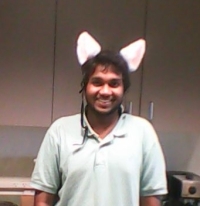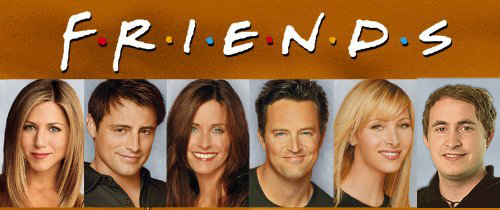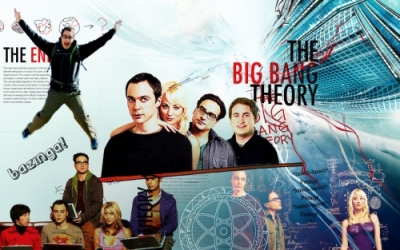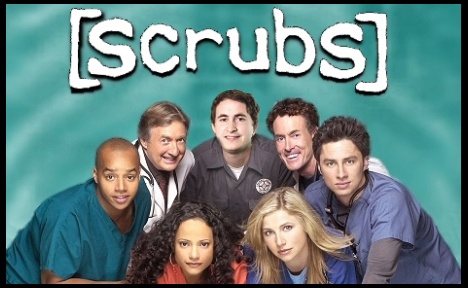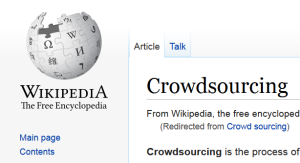For my dissertation research, I studied the mechanisms of viral persistence in the central nervous system using an in vitro model consisting of picornavirus infections of differentiated and undifferentiated murine neural progenitor and stem cells.
To some of my non-science friends and family, that explanation sounds something like, “I studied blah blah blah, miscellaneous pretentious scientific jargon, blah blah.”
Of course, they would still have no idea what I studied, and any further attempts to explain would be met with that kind, patient look that people give you when they’re bored but are too polite to walk away.
So I would tell non-science people that I studied “how a virus hides in the brain for a long time, and the consequences of having a virus hiding in the brain using mouse stem cells”.
This explanation will elicit much more interest, but can sometimes get distorted when described second-hand to others since it’s not as accurate. Also, there may be some fellow scientists who will think you lack professionalism, or don’t know what you’re talking about if you use this sort of description.
If you think about it, there is so much jargon specific to each field of study, it’s actually pretty impressive how well scientists have been able share information across disciplines. Of course, there is always room for improvement in that arena, especially since researchers primarily disseminate their findings via scholarly articles, keying them for easy search amongst fellow researchers in their discipline. The differences in jargon sets contributes to the difficulty in finding research articles outside your field of research which contain research findings that could have important impacts in your own work. It’s also why there has been a lot of interest in annotating research literature and making it more searchable (Go! Go! Mark2Cure) as well as creating an open database where information contained in research literature can be formally structured around a set of shared ontologies (Go! Go! Wikidata.
It’s also great that these findings are becoming more available as funding agencies help to drive open access policies enabling the public to finally access the research paid by tax/donation dollars. But open access does not mean accessible if we consider the sheer volume of jargon that must be learned in order to read and understand scholarly articles. How can we expect tax payers to support research if they are locked out on so many levels? Now before you argue that ‘people need to take personal responsibility for their own education’ or ‘the articles aren’t really hard to read if you actually put in the effort,’ ask yourself this, ‘Am I dismissive of people science communicators that communicate science via non-traditional channels (ie- non-academic journals)?’ If your answer is ‘yes’, you waive all rights to complain about the scarcity of research funding.
If your answer is ‘no’, consider contributing your expertise to a truly accessible knowledge-base/medium like Wikipedia. Efforts are already under way to make information on every human gene of interest publicly available on Wikipedia (the Gene Wiki initiative), and greater participation is needed from scientific community.
For those of you, researchers or not, who ARE able to communicate science with such elegance, enthusiasm, poignancy, and precision–especially those of you on non-traditional channels like Science 2.0, twitter, etc.–thank you for using your talents to engage the public so they can see how their money is being spent. You are awesome! The rest of us will just have to keep trying.
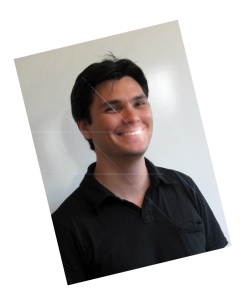
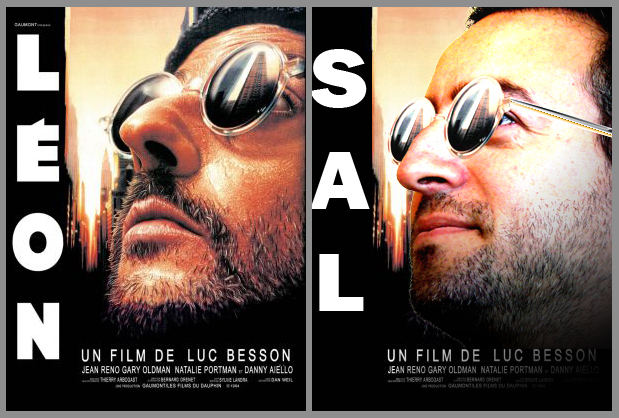
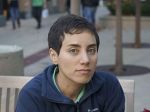
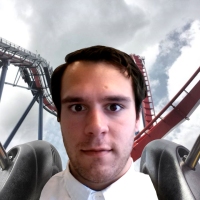
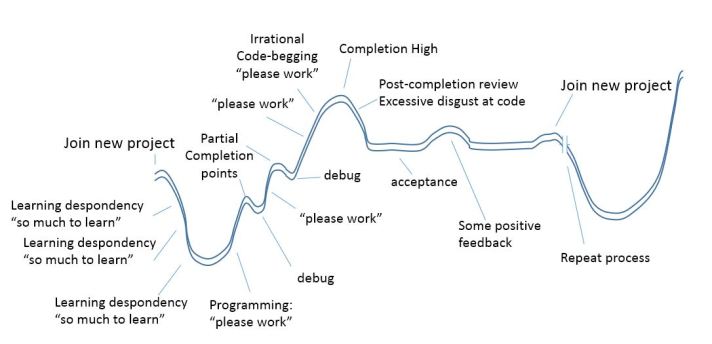
 The
The 




